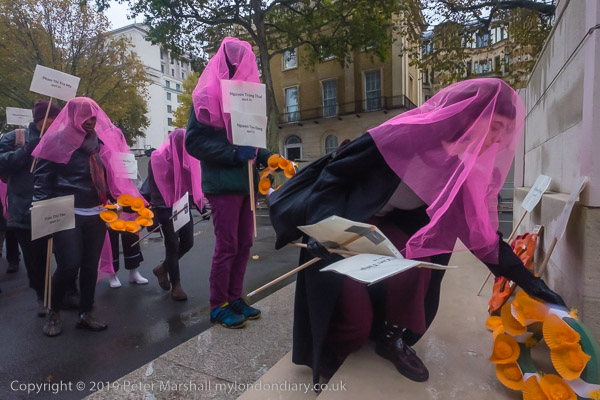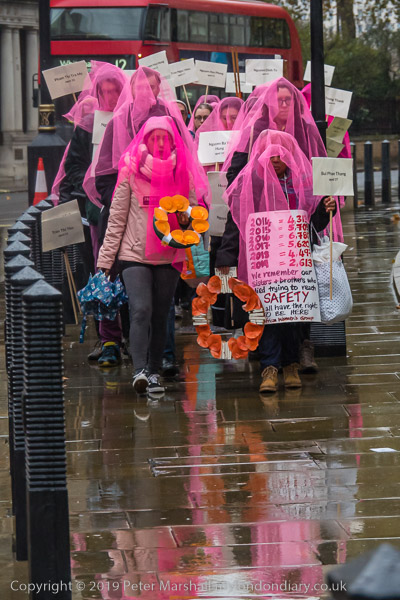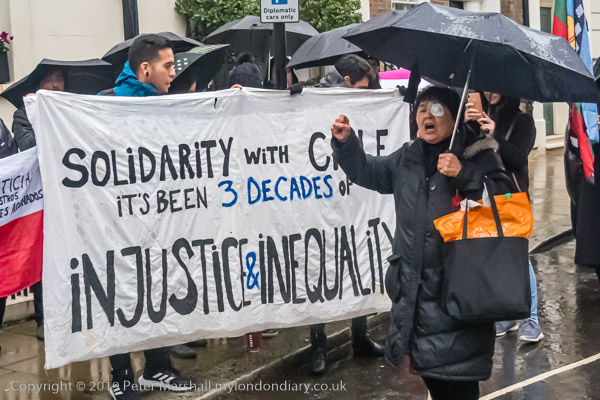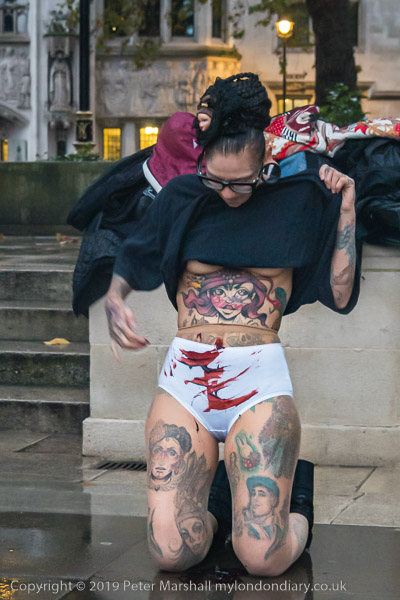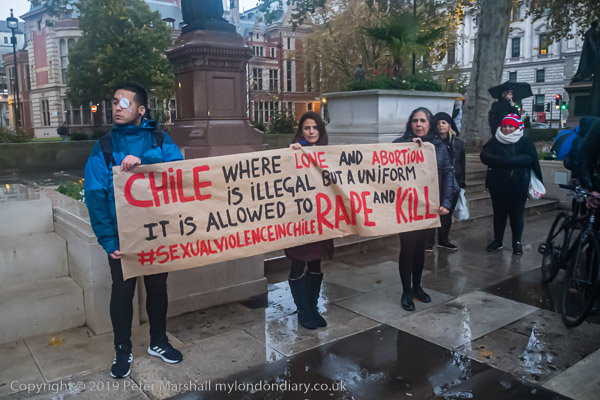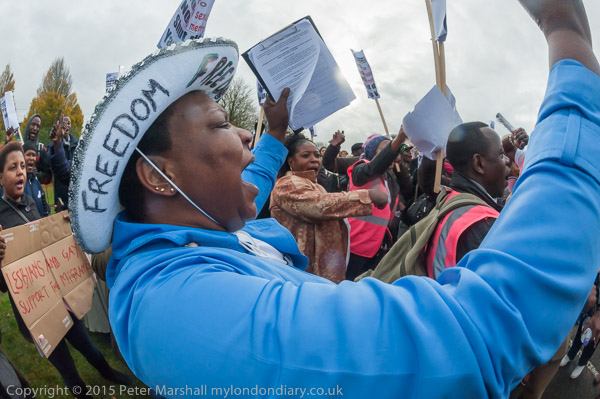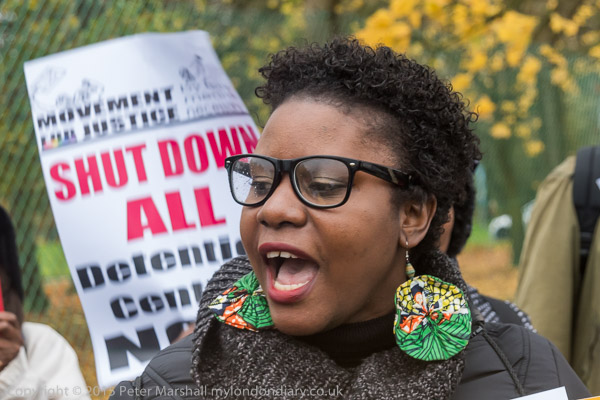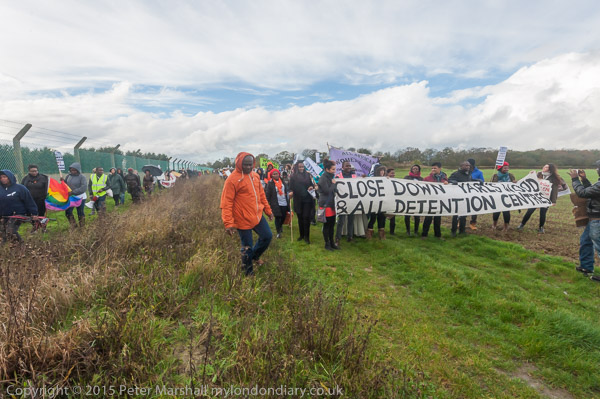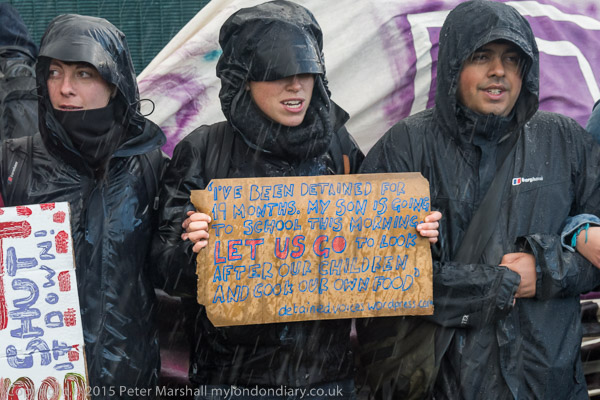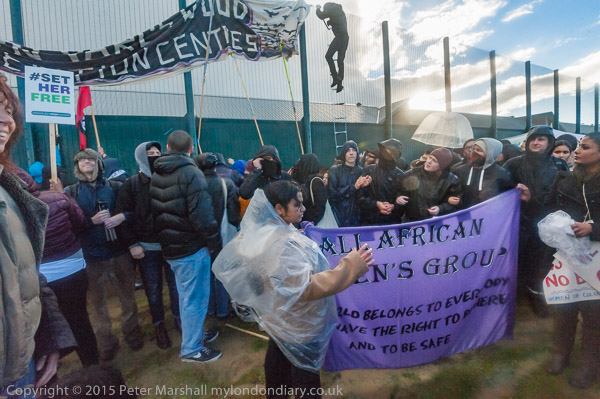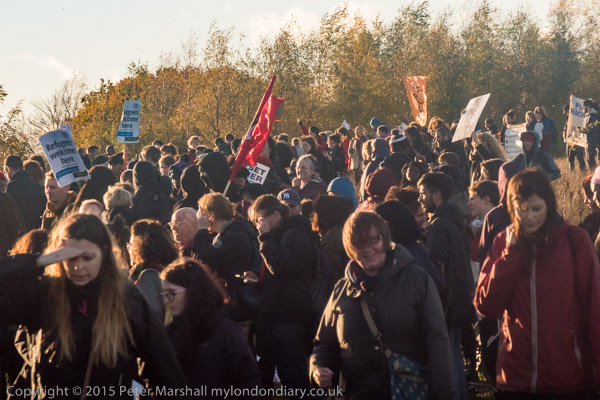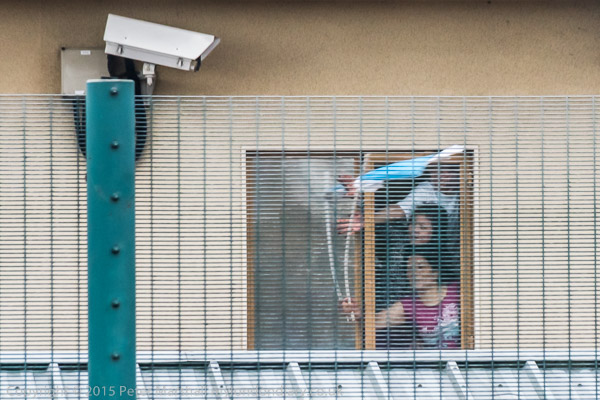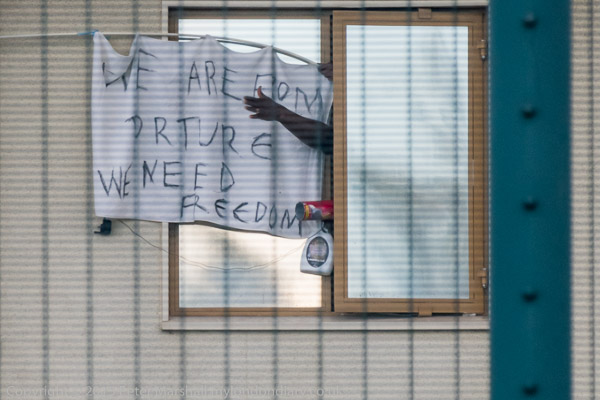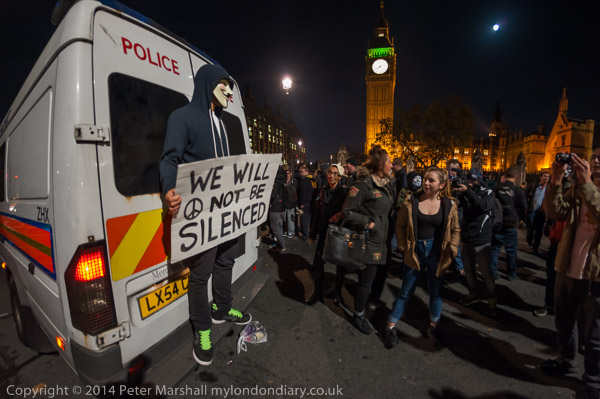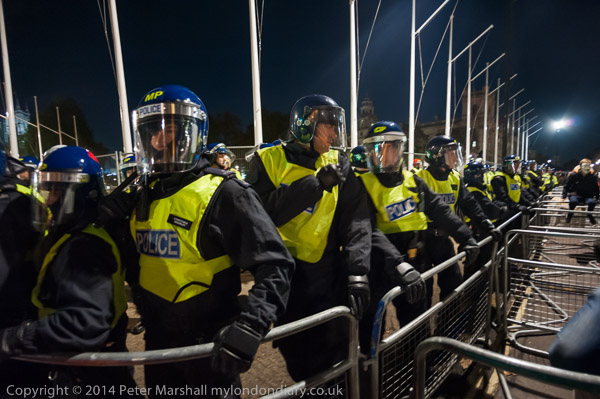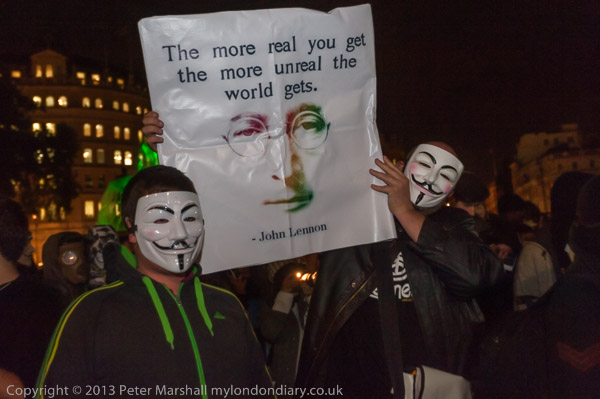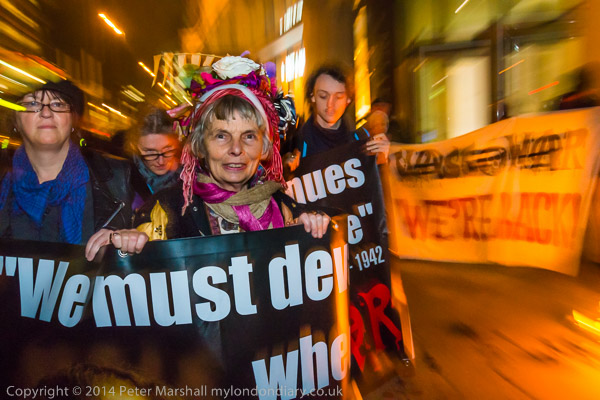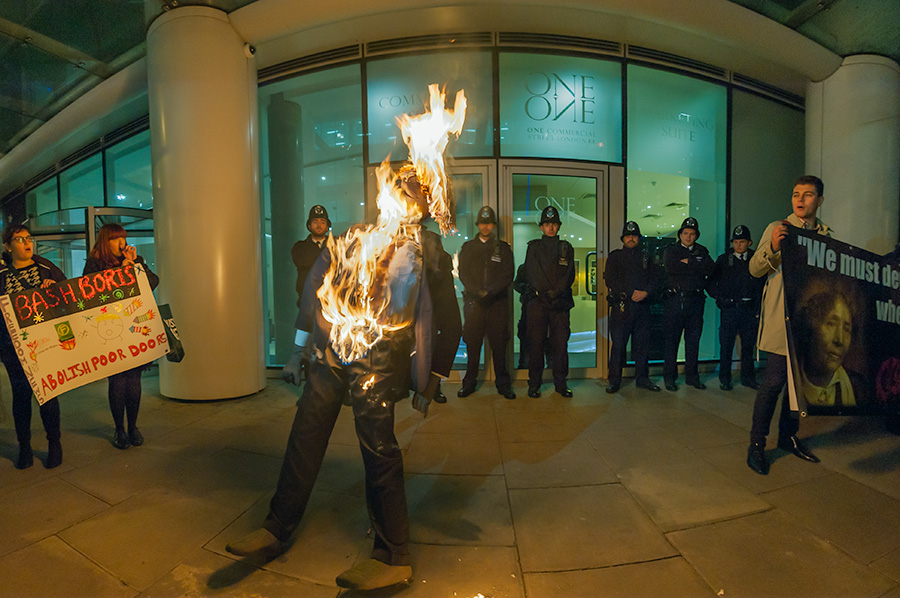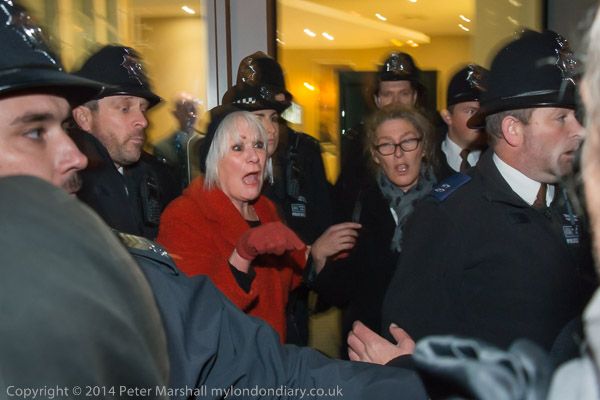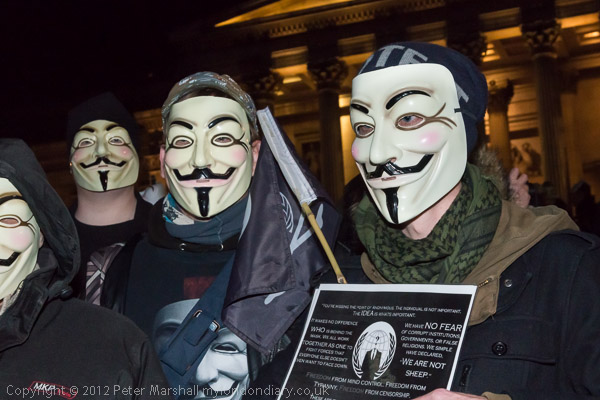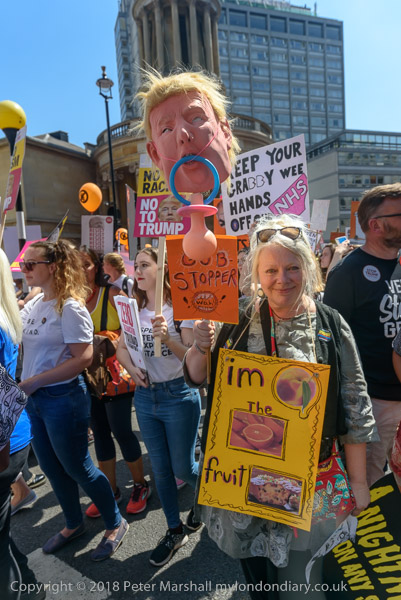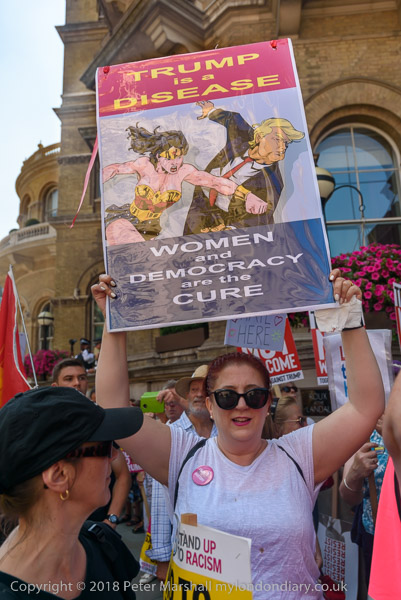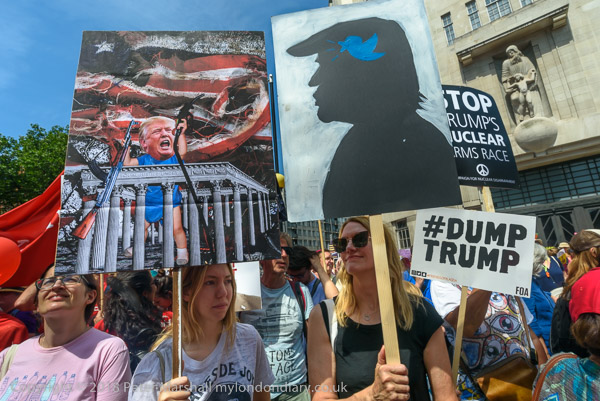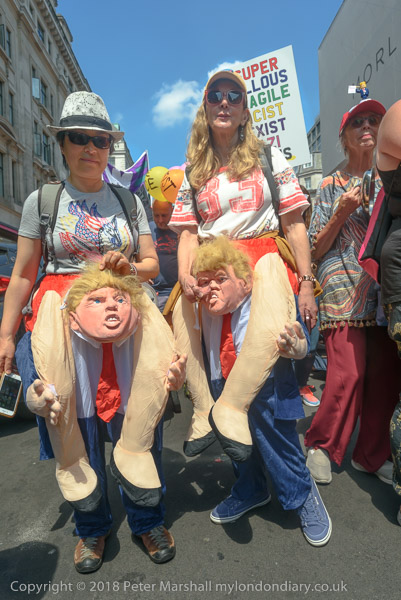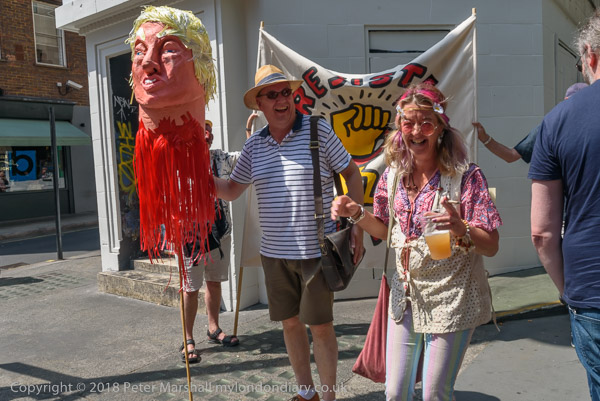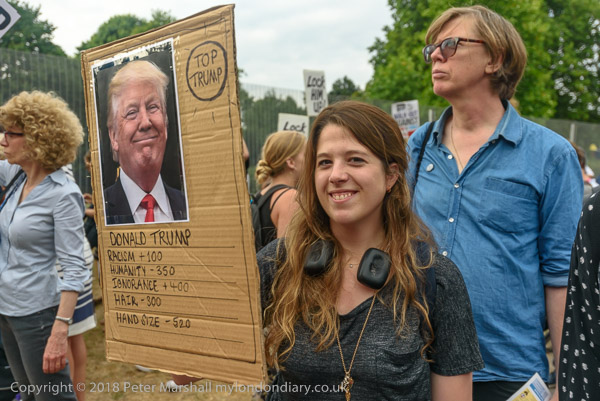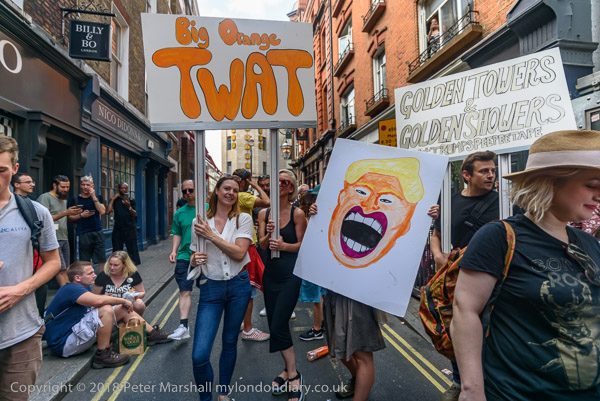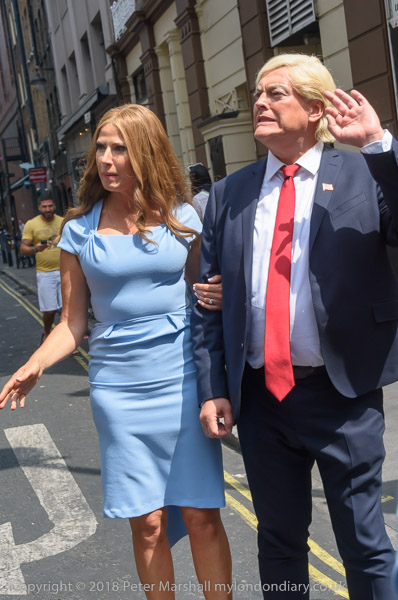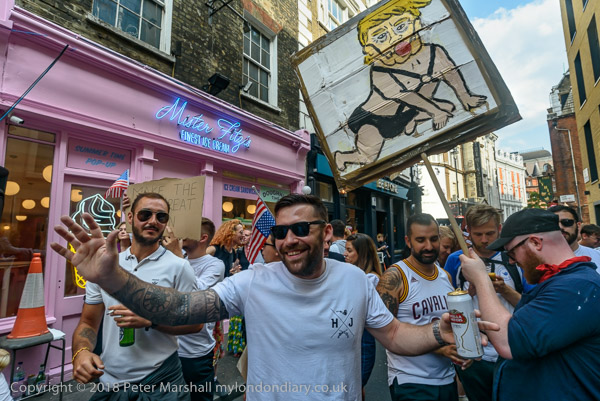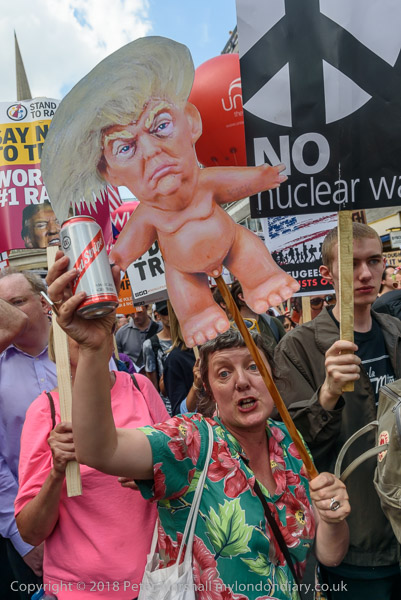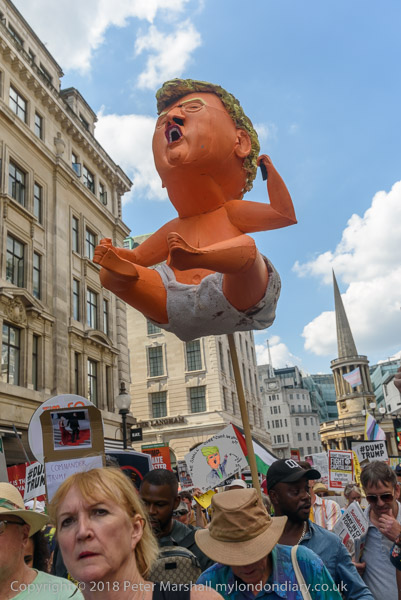Thomas Tenison (1636- 1715) was Archbishop of Canterbury from 1694 until his death. Archibishop Tenison School, Lambeth High St, and according to Wikipedia founded boys schools in Lambeth in 1685 and Croydon in 1714. A school for 12 girls began in Lambeth in 1706, and this was built as a new girls’ school in 1863. In 1961 the school amalgamated with a nearby Church of England boys school and this building went out of use, though it was later used as an annexe to the combined school until this closed in 1974. It has since been demolished and replaced by a hostel.
Bennett House in Page St, Wesminster is a Grade II listed tenement courtyard block of flats built in 1928-30. It was a part of the Westminster Housing Scheme for the Grosvenor Estate and Sir Edwin Lutyens acted as consultant; the listing text calls it “An imaginative Lutyens treatment of a standard LCC type of housing block.”
I admired the stark simplicity of the Unemployment Benefit Office on Chadwick St, Westminster. It remained in use – with changes in name – closing as a Job Centre Plus in 2017.
New office buildings seen from Old Pye Street in 1987. Parts of this still remain though rather more difficult to see.
The building on this corner still has the foundation stone laid by James S Burroughes in 1893, though it has moved a few yards around the corner and I think the site is now occupied by “modern purpose-built flats for single people and couples set in a city centre location” built by SAHA, the Salvation Army Housing Association and allocated through Westminster Borough Council’s housing register.
Avocet House at 92-96 Vauxhall Bridge Road was the home of Avo Ltd, a company founded by Post Office engineer Donald Macadie who was fed up with having to carry separate meters for different measurements and in 1923 designed a meter than would measure Amperes, Volts and Ohms. The Avometer was the leading electical test equipment for many years. The company became too large for this site and bought land for a new factory at Dover in 1962. The company is now called Megger, and its testers are still made and in use around the world.
This 1865 Grade II listed building in a free version of Italian Renaissance style by H A Darbishire was an orphanage for children of Crimean War guardsmen. Later it became a Franciscan friary, and they added the statue of St Francis just visible at the far corner around 1960. When they moved on it became offices. Close to Westminster Cathedral, in 2017 it was bought by the cash-strapped Roman Catholic Diocese of Westminster to be refurbished as a pre-prep for Westminster Cathedral Choir School, at a cost thought to be around £10million. The school is said to be the most expensive prep school in London, and sends pupils on to public schools including Eton and Winchester.
I don’t know which shop this was in Upper Tachbrook Street, but it appeared to be selling clothing, jewellery and similar items. From the few details of the shop front which can be seen it looks rather like that now occupied by ‘Mr CAD – For Everything Photographic’. This began around 1960 in Croydon, and although it at one time had nine branches at various sites from Colindale in north London to Brighton became just a giant Aladdin’s cave in Windmill Rd full of secondhand gear, moving to these rather smaller premises in Pimlico but also supplying mail order around the world as “the largest independent photographic dealer in the UKW with “the biggest stock of used analogue photographic equipment worldwide specialising in film, cameras, lenses, enlargers, chemicals, paper, all manner of studio & darkroom hardware & software.”
Clicking on any of the images above will take you to my Flickr album of over 750 images of London in 1987 selected from several thousand exposures I made that year
All photographs on this and my other sites, unless otherwise stated, are taken by and copyright of Peter Marshall, and are available for reproduction or can be bought as prints.








